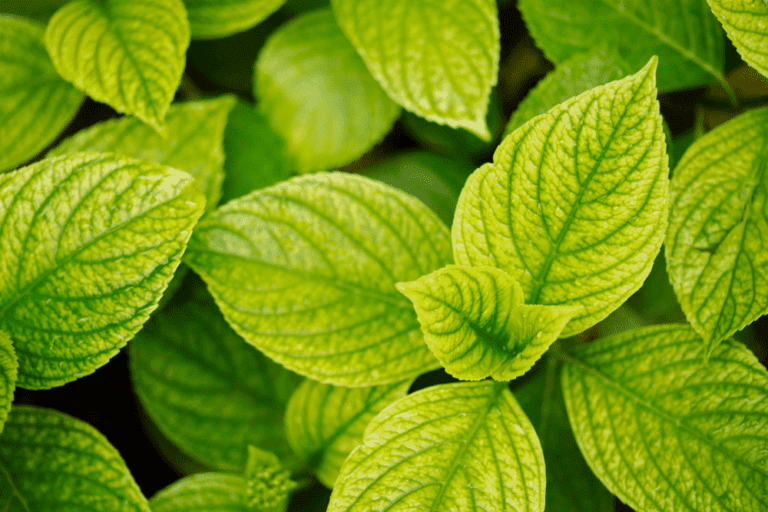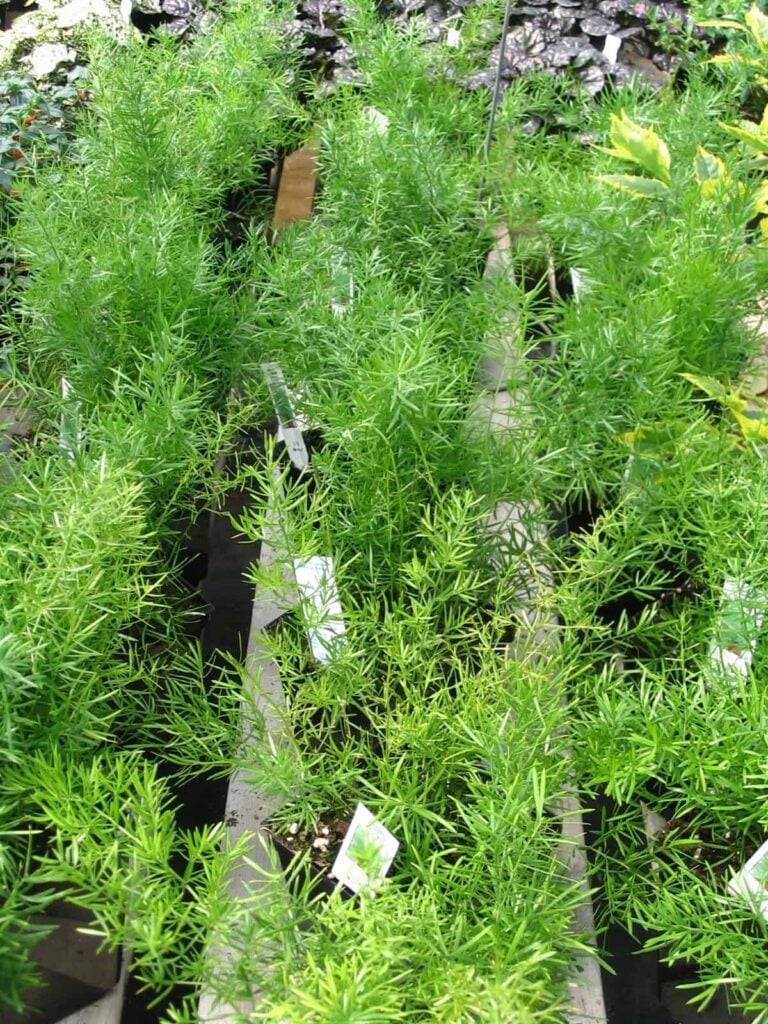A Guide to Purple Asparagus
Purple asparagus gets it color from anthocyanin, a pigment and antioxidant also found in berries and some other vegetables. Its deep color isn’t the only thing that separates purple asparagus from green varieties.
The nutritional content of purple asparagus is slightly different, as is the taste. The rules for growing purple varieties are the same as for green varieties. You can also cook and serve purple asparagus like you would green, but the color does fade with cooking.
What Makes It Purple?
In the video below, Chef Katie Simmons takes you to a local farmers’ market to get a look at the difference between purple asparagus and green asparagus. Really, the major difference between the two is the presence of anthocyanin, a type of pigment.
Anthocyanin is found in a lot of vegetables and fruits. It’s responsible for the blue color of blueberries, for the deep burgundy color of cranberries and for the fuchsia color of raspberries. If you’ve ever eaten a purple carrot or purple kale, those vegetables got their color from anthocyanin.
The pigment does much more than simply make asparagus and other vegetables a pretty purple color. It’s also a type of antioxidant. According to research from Kansas State University, anthocyanin can help boost your immune system.
Purple vs. Green Asparagus
Is it just the color that separates purple from green asparagus? Not so much. The two types also have some differences when it comes to taste and even to nutritional content.
For example, purple asparagus provides 4 percent of the recommended daily value for iron and 20 percent of the daily value for vitamin C per serving, according to Fruit and Veggies, More Matters. Purple asparagus also has 4 grams of protein per five spear serving and 4 grams of total carbohydrates.

Green asparagus contains 2 percent of the recommended daily value for iron and 15 percent of the daily value for vitamin C per serving. According to Fruit and Veggies, More Matters, a 5-spear serving of green asparagus contains 2 grams of protein and 2 grams of sugar. The green variety also contains more fiber than the purple variety.
Purple and green asparagus also taste slightly different when you prepare them. People often find that green asparagus has a very distinct flavor. Purple asparagus is often milder and a bit sweeter than the green variety. If you’re trying to introduce asparagus to someone, particularly to a picky eater, it might be best to give him or her purple asparagus first.
Growing Purple Asparagus
Purple asparagus has the same growing and planting requirements as green asparagus. It is a perennial, which means that it will return year after year. The plant is very long lived. Some gardeners grow the same asparagus plant for 15 or 20 years.
You can start purple asparagus from crowns or from seeds. Crowns are simply the dormant root systems of plants that are at least a year old. Planting a crown means you can skip the lengthy process of waiting for the seeds to germinate.
Some varieties are easier to grow from seed than others. For example, Mother Earth News recommends trying to grow Purple Passion or Sweet Purple varieties from seed.
Starting from seed means you can grow more plants for a lower cost, since seeds are often cheaper than crowns. But starting from seed means you need to wait an extra year after planting before you can harvest the spears and eat them.
Varieties
A number of asparagus plant varieties produce purple stalks. Depending on the specific variety, you might find that only crowns are available or that either crowns or seeds are available.
The difference between each variety is fairly subtle. Still, it helps to know which is which and what to expect when you’re picking out purple asparagus seeds or crowns. Here are a few common options:
- Purple Passion. Purple passion asparagus is a fairly low maintenance variety. You can grow it from either crowns or seeds, although the preferred method is to plant crowns. This particular variety resists a number of diseases and problems, including fusarium wilt, root rot and rust, according to the Missouri Botanical Garden.
- Pacific Purple. Pacific purple asparagus was first bred in New Zealand. It has a very deep purple color and stalks that are slightly thicker than the stalks of other purple varieties.
- Sweet Purple. Sweet purple is another variety that can be grown from either crowns or seeds. It produces spears that are typically thicker and longer than the spears produced by green varieties.
When to Plant Purple Asparagus
Asparagus is an early season vegetable, which means it is time to plant it when the weather is still chilly. In the spring, you want to get the crowns in the ground when the soil temperature reaches 50 degrees Fahrenheit, according to this video from the University of Maine.
If you are going to grow purple asparagus from seed, you want to get the seeds going pretty early in the spring. You can plant them in the garden after about 12 weeks. Soaking the seeds in water for a day or two before you plant them will help improve the chances that they will germinate.
Harvesting and Preparing Purple Asparagus
If you’ve planted crowns, your purple asparagus should be ready to harvest after two years. It should be ready to harvest after three years if you planted seeds.
Keep a close eye on your plants in the early spring. The stalks can be harvested when they are at least as thick as a pencil and between six and nine inches tall.
To pick the stalks, snap them off near the soil. Purple asparagus tends to be less fibrous and woody than green varieties, so it should be easy to pick by hand.
You can cook and prepare purple asparagus like you would green asparagus, but there’s one catch. The vivid purple color fades when the vegetable is cooked. If you boil it or roast it, purple asparagus will turn into green asparagus. For that reason, people often prefer to eat purple asparagus raw or to barely cook it by steaming it.
If you want to add a bit of color to your garden, try planting purple asparagus. You’ll end up with a unique vegetable that even the pickiest of eaters will want to try.
You may also read our article about Spider plant.
Photo by Glenn Dettwiler licensed under CC BY 2.0.





